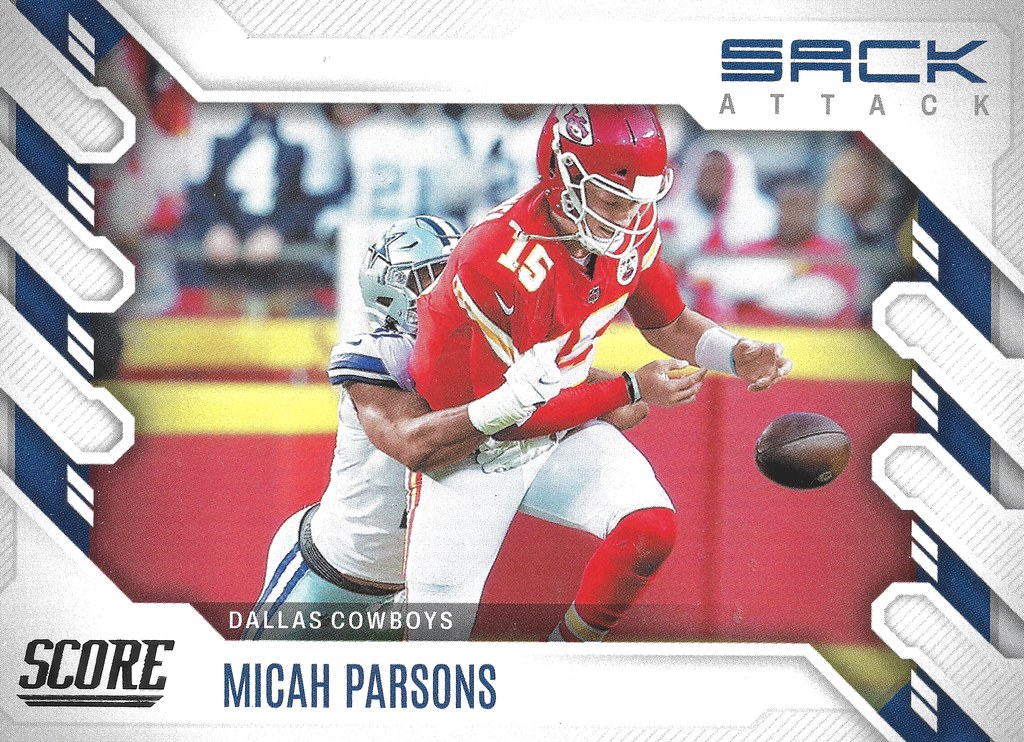Football, often referred to as the world’s most popular sport, has a rich history and a wide variety of styles that have developed across the globe. Whether it's the fast-paced action of American football, the strategic depth of association football (soccer), or the unique blend of skills in rugby, each version of the game offers something unique to fans and players alike. This guide delves into the various forms of football, exploring their rules, playing styles, and cultural significance.
For those interested in adding an extra layer of excitement to their football experience, various online platforms offer promotions and bonuses. For instance, if you're looking to enhance your gaming experience, you might want to check out the stay casino no deposit bonus. By the end of this guide, you'll have a deeper understanding of the different types of football and how they connect to the global sports landscape.
1. Association Football (Soccer)
Association football, commonly known as soccer in some parts of the world, is the most widely played and watched sport globally. The game is played between two teams of eleven players each on a rectangular field with a goal at each end. The objective is to score by getting the ball into the opposing team’s goal. Soccer is governed by a set of rules known as the Laws of the Game, which are maintained by the International Football Association Board (IFAB).
Key Features:
- Game Structure: The game consists of two 45-minute halves, with a 15-minute halftime break. If the game is tied at the end of regulation time, it may go into extra time or be decided by a penalty shootout, depending on the competition.
- Player Roles: Players are assigned specific roles such as goalkeeper, defender, midfielder, and forward, each with distinct responsibilities on the field.
- Tactics: Teams employ various formations and strategies, such as the 4-4-2 or 4-3-3, to control the game and exploit the weaknesses of the opposition.
Cultural Impact:
Soccer has a profound impact on cultures around the world. Iconic tournaments like the FIFA World Cup and UEFA Champions League draw billions of viewers, creating a shared experience that transcends national boundaries. The sport’s global appeal is reflected in its diverse fan base, with clubs like Manchester United, FC Barcelona, and Real Madrid enjoying immense popularity worldwide.
Examples:
- FIFA World Cup: The most prestigious international soccer tournament, held every four years and contested by national teams from around the world.
- English Premier League: One of the most competitive and popular soccer leagues globally, featuring top clubs like Manchester United, Liverpool, and Chelsea.
- UEFA Champions League: An annual club competition that brings together the best teams from across Europe.
2. American Football
American football is a sport that is particularly popular in the United States, where it is a major part of the country’s culture. The game is played between two teams of eleven players on a rectangular field with goalposts at each end. The objective is to score points by advancing the ball into the opponent’s end zone for a touchdown or kicking the ball through the opponent’s goalposts for a field goal.
Key Features:
- Game Structure: The game is divided into four 15-minute quarters, with a halftime break after the second quarter. If the game is tied at the end of regulation, it may go into overtime.
- Positions: The players on the field are divided into three units: the offense, the defense, and special teams. Each unit has specific roles, such as quarterback, wide receiver, and linebacker, designed to execute particular plays.
- Scoring: Points can be scored in several ways, including touchdowns (6 points), field goals (3 points), extra points (1 or 2 points), and safeties (2 points).
Cultural Impact:
American football is deeply ingrained in the culture of the United States, with the National Football League (NFL) being the most popular professional sports league in the country. The Super Bowl, the NFL’s championship game, is one of the most-watched sporting events in the world, known for its halftime show and high-profile commercials as much as the game itself. College football also has a massive following, with traditions like homecoming and bowl games being significant events in American sports culture.
Examples:
- Super Bowl: The NFL’s annual championship game, known for its high stakes, entertainment, and massive global audience.
- NFL: The professional league for American football in the United States, consisting of 32 teams.
- College Football: A major part of American sports culture, with schools like Alabama, Clemson, and Ohio State being powerhouses in the sport.
3. Rugby Football
Rugby football, often simply referred to as rugby, is a sport that originated in England and is popular in many countries, particularly in the British Commonwealth. The game is played between two teams of fifteen players (in rugby union) or thirteen players (in rugby league) on a rectangular field with H-shaped goalposts at each end. The objective is to score points by carrying or kicking the ball into the opponent’s goal area.
Key Features:
- Game Structure: Rugby union matches are typically played over two 40-minute halves, while rugby league games are slightly shorter. The clock runs continuously, with stoppages only for serious injuries.
- Positions: Rugby players are divided into forwards and backs, with forwards generally responsible for winning possession of the ball and backs usually handling most of the attacking play.
- Scoring: Points can be scored through tries (5 points in rugby union, 4 points in rugby league), conversions (2 points), penalty goals (3 points), and drop goals (3 points).
Cultural Impact:
Rugby has a significant cultural presence in countries like New Zealand, South Africa, England, and Australia. In New Zealand, the national rugby team, the All Blacks, is an iconic symbol of the country’s identity. Rugby’s traditions, such as the pre-match Haka performed by the All Blacks, have become famous worldwide. The Rugby World Cup is a major international event, drawing teams and fans from around the globe.
Examples:
- Rugby World Cup: The premier international competition in rugby union, held every four years and contested by national teams.
- Six Nations Championship: An annual rugby union tournament involving England, France, Ireland, Italy, Scotland, and Wales.
- Super Rugby: A professional rugby union competition featuring teams from Australia, New Zealand, South Africa, and other nations.
4. Australian Rules Football (AFL)
Australian Rules Football, often referred to as Aussie Rules or AFL, is a fast-paced and highly physical sport that is most popular in Australia. The game is played between two teams of eighteen players on an oval-shaped field, with four goalposts at each end. The objective is to score points by kicking the ball between the opposing team’s goalposts.
Key Features:
- Game Structure: AFL matches consist of four 20-minute quarters. The game is known for its continuous play, with few stoppages and a high level of physical contact.
- Positions: Players are divided into forwards, midfielders, defenders, and ruckmen, each with specific roles in attacking, defending, and moving the ball across the field.
- Scoring: Points are scored by kicking the ball between the central goalposts (6 points) or between a central and outer post (1 point, called a "behind").
Cultural Impact:
AFL is deeply rooted in Australian culture, particularly in the states of Victoria, South Australia, and Western Australia. The sport is celebrated for its unique blend of athleticism, strategy, and physicality. The AFL Grand Final, held annually at the Melbourne Cricket Ground, is one of the biggest sporting events in Australia, attracting a massive crowd and nationwide attention.
Examples:
- AFL Grand Final: The championship game of the Australian Football League, held every year and regarded as the pinnacle of the sport in Australia.
- AFL: The professional league for Australian Rules Football, consisting of teams primarily based in Australia.
- State of Origin: A popular series of exhibition matches that pit teams of players representing their Australian states against each other.
5. Canadian Football
Canadian football is a variant of American football, played primarily in Canada. The game is similar to its American counterpart but with some key differences, including the size of the field, the number of downs, and the rules regarding motion and scoring. Canadian football is played between two teams of twelve players on a larger field, with the objective being to score points by advancing the ball into the opponent’s end zone.
Key Features:
- Game Structure: Canadian football games are divided into four 15-minute quarters, similar to American football, but with only three downs instead of four.
- Positions: The positions are similar to those in American football, including quarterback, receiver, and linebacker, but with the additional player on each side.
- Scoring: Scoring is similar to American football, with touchdowns, field goals, and safeties, but there is also a unique scoring method called a "rouge" or single point.
Cultural Impact:
Canadian football is a significant part of Canada’s sports culture, particularly through the Canadian Football League (CFL). The Grey Cup, the CFL’s championship game, is one of Canada’s most important sporting events, often compared to the Super Bowl in terms of its national significance. The sport is celebrated for its unique rules and traditions that distinguish it from American football.
Examples:
- Grey Cup: The championship game of the Canadian Football League, and one of the oldest and most prestigious sporting events in Canada.
- CFL: The professional league for Canadian football, featuring teams from across the country.
- Vanier Cup: The championship game for Canadian university football, showcasing the best talent from Canadian colleges.
Conclusion
Football, in all its various forms, is more than just a game—it’s a global phenomenon that unites people across cultures, nations, and backgrounds. Whether it’s the global reach of soccer, the cultural significance of American and Canadian football, the fierce competition in rugby, or the unique appeal of Australian Rules Football, each type of football has its own distinct identity and impact. Understanding these different forms of football not only enriches our appreciation of the sport but also connects us to the diverse ways in which it is celebrated around the world.




